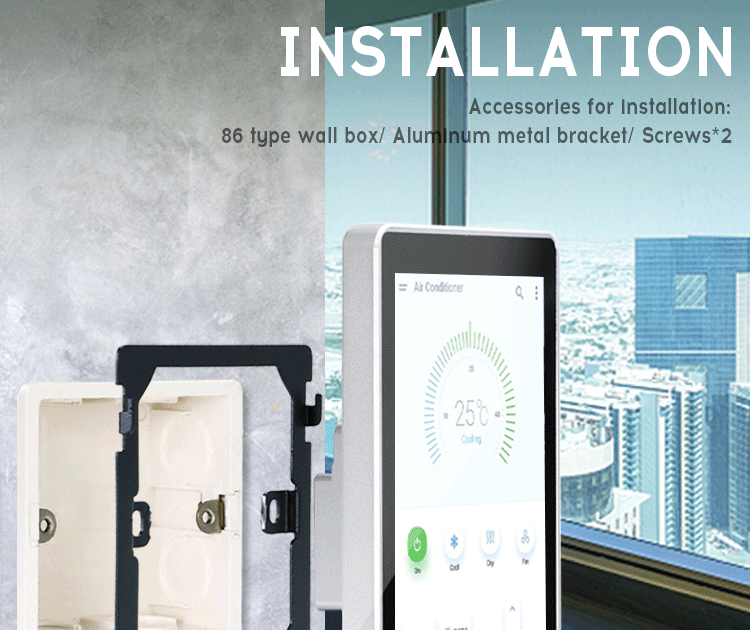How to control smart homes
The control of smart home devices is becoming a key component of modern life, greatly improving the comfort, safety, and convenience of homes. With the continuous development of the smart home ecosystem, users can manage these devices in various ways. Here are the steps and methods for effectively controlling smart homes.
Step 1: Set up smart home devices
Before controlling smart home devices, it is necessary to ensure that they are properly set up and connected to the home network.
a. Equipment installation
According to the manufacturer’s instructions, physically install smart devices such as smart thermostats, light bulbs, cameras, or smart sockets. Ensure that the device is connected to an appropriate power source.
b. Connect to Wi Fi
Download apps: Most smart home devices have their own apps (such as Google Home, Amazon Alexa, or SmartThings), which can be downloaded from the App Store or Google Play Store.
Follow the setup instructions: Open the application and follow the steps to connect the device to home Wi Fi. Applications typically guide you to name the device and confirm its connection status.
Testing equipment: After connecting the device to Wi Fi, test its functionality through an application to ensure that it can operate normally.
Step 2: Select the operating platform to control the smart home
You can operate smart home devices through different platforms, depending on your personal preferences and usage scenarios. Common platforms include mobile applications, voice assistants, and touch screen control panels.
1. Mobile applications
Mobile applications are the most common and convenient way to control smart home devices, with almost all devices having accompanying applications.
Open the application: Through the device application, all connected smart devices can be controlled in real-time.
Operating devices: In the application, select the device to be controlled and perform operations such as turning on/off the device, adjusting brightness or temperature, etc.
Example: In the Google Home app, you can control the living room lighting, adjust brightness, and even schedule automatic light off times.
2. Voice assistant
Voice assistants, such as Amazon Alexa, Google Assistant, and Apple Siri, are hands-free options for operating smart home devices, making them extremely convenient.
Setting up a voice assistant: Connecting the voice assistant to a smart device may require adding the device to the voice assistant ecosystem through an application.
Using voice commands: Operate the device with simple voice commands, such as “Alexa, turn on the bedroom light” or “Hey Google, set the thermostat to 25 degrees Celsius”.
Create routine: You can set up a voice assistant routine, where a single voice command can operate multiple devices, such as saying “goodnight” to turn off lights, lock doors, and lower the thermostat.
3. Touch screen control panel
The touch screen control panel provides a more centralized and convenient device management method, especially suitable for installation in the central location of the home.

Installation panels: These control panels are typically wall mounted and connect all smart devices via Wi Fi.
Using a touch screen: Easily control all smart devices in the home through the graphical interface on the panel, and set shortcut modes or scenes such as “movie mode”, one click dimming of lights, and closing curtains.
Step 3: Automation and Personalization of Smart Homes
A huge advantage of smart homes is automation, which can reduce manual operations for users and improve efficiency.
a. Automated settings
Many smart home applications allow users to automate device operations. For example, you can set the lights to automatically turn on at sunset, or adjust the thermostat based on the user’s geographic location.
b. Create Scene
Create smart home scenarios that allow multiple devices to perform tasks simultaneously. For example, you can create a “morning mode” that simultaneously turns on the lights, adjusts the temperature, and starts the coffee machine at a fixed time.
summary
The ways to control smart home devices are flexible and diverse, whether through mobile applications, voice assistants, or touch panels. Smart home systems can bring you a more efficient, convenient, and personalized living experience. Through appropriate device installation, platform selection, and automation settings, smart homes will become powerful assistants in daily life.


